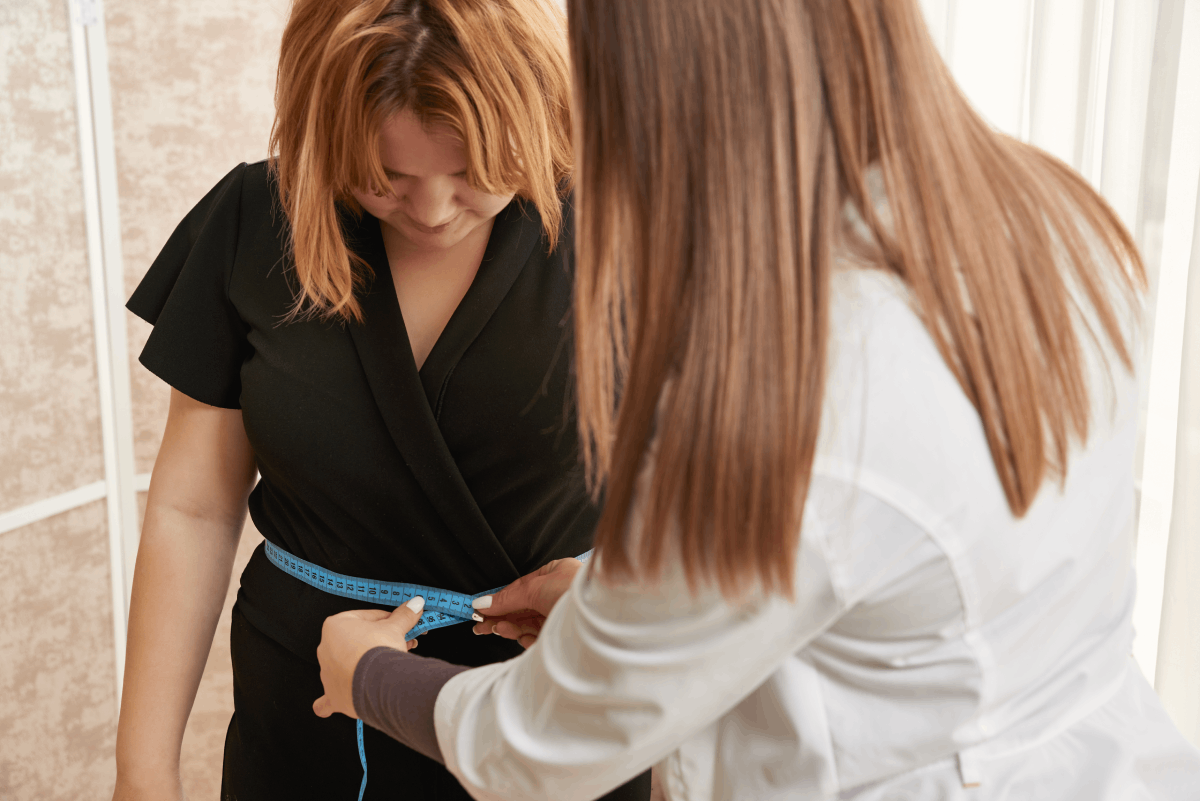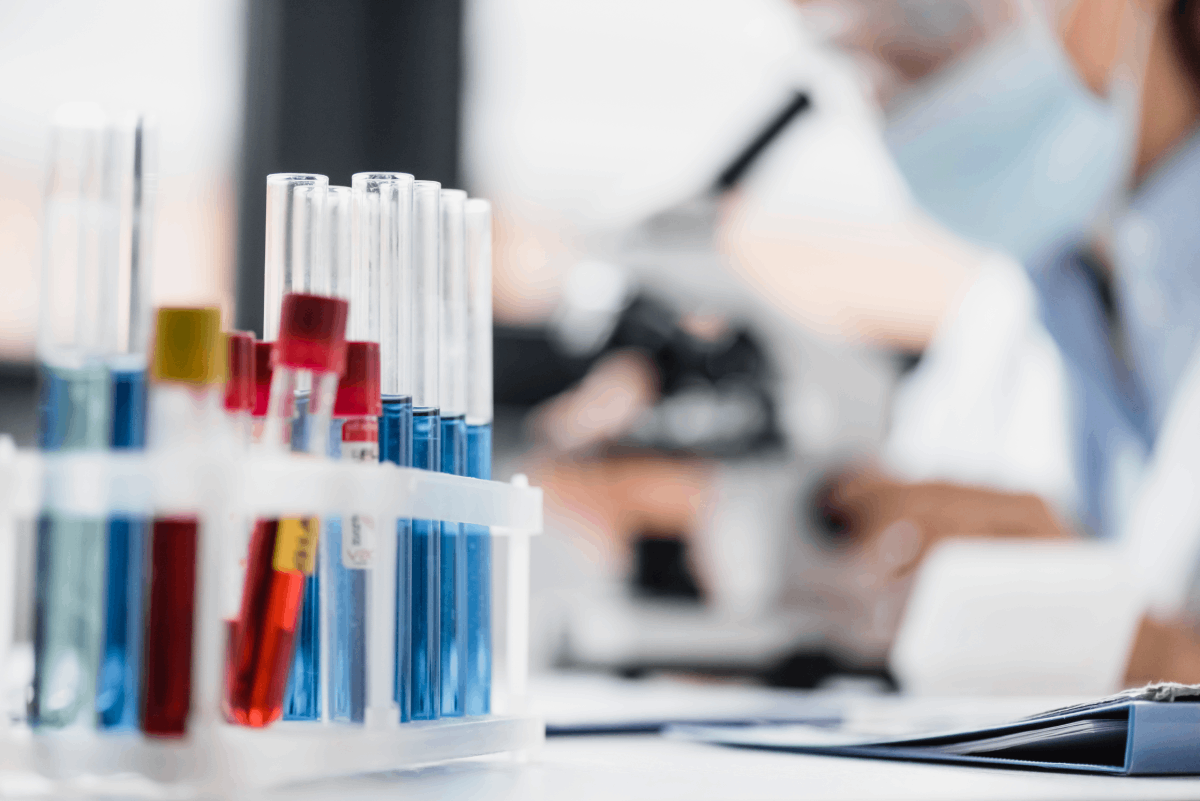Prediabetes. Is it Possible to Reverse it?
Prediabetes, also known as borderline diabetes, happens when your blood sugar levels are higher than normal but not high enough to be called diabetes. Only insulin, a hormone produced by the pancreas, can help sugar enter the body's cells to be used for energy. In the case of prediabetes, insulin sensitivity tends to decrease. The body’s cells stop responding to insulin. The organism is forced to make more insulin in order to deliver sugar to the brain and muscle cells. However, the pancreas eventually wears out from working overtime to produce extra insulin. It leads to decreased production of insulin and a rise in blood glucose, creating favorable conditions for prediabetes that can develop into type 2 diabetes (if left untreated).
According to the CDC, approximately 88 million American adults — more than 1 in 3 — have prediabetes. Of those with prediabetes, more than 84% do not know they have it.
Important Facts about Prediabetes
- Prediabetes is reversible unless patients change their lifestyles. They need to adjust their eating habits (quantity and quality of food) and increase physical activity.
- Prediabetes usually has no clear symptoms or signs, but elevated blood sugar is common in overweight people. According to several European studies, losing 5% of body weight can significantly lower blood sugar levels.
- Prediabetes is diagnosed with blood tests.
- Treatment for prediabetes starts with a proper diet and increased physical activity. All exercise helps reverse prediabetes, especially exercise that helps build muscle.
5 Signs You Might Have Prediabetes

- Excess weight. A person with prediabetes experiences constant weight gain. To calculate your body mass index (BMI), use this formula: weight (lb)/[height (in)]2 x 703. An adult who has a BMI between 25 and 29.9 is considered overweight.
- Large waist circumference. Adult women with a waist measurement of more than 35 inches and adult men with a waist measurement of more than 40 inches need to take a blood test and check their blood sugar levels.
- Excessive hunger. A high blood insulin level causes extreme hunger. As a result, people usually fill up hunger pangs with fast carbohydrates that quickly raise blood sugar levels.
- Fatigue, headache. High blood glucose levels can provoke intoxication. This condition negatively affects the general state of health.
- Skin manifestations. Dark patches of skin in folds (in the neck, armpit), also known as acanthosis nigricans, are often considered a warning sign of prediabetes. Women often complain of regular boils.
Besides, physicians at the Buckhead Clinic recommend checking blood glucose regularly to all people over 45; close relatives of people with diabetes; less active and less fit people. Race and ethnicity are also a factor: African Americans, Latino Americans, American Indians, Pacific Islanders, and some Asian Americans are at higher risk.
Can Prediabetes be Cured?
Prediabetes is not a death sentence. This is a signal to change your lifestyle and eating habits. Regular physical activity, constant weight control, and a proper diet will help the body recover.
Prediabetes Diet
Nutrition tips for prediabetes do not differ significantly from basic nutrition concepts. The first step is to reduce your daily intake of calories. Limit the consumption of sugar and simple carbohydrates. Try to choose foods that are low in fat and high in soluble fiber.
The diet must be made primarily of vegetables, fish, poultry, and whole grains. Red and processed meat, high-fat dairy products, and refined grains should be excluded. Do not forget to cut down on sweets as well. However, this does not mean that you need to completely eliminate sweets from your life. You can find many products that use safe sugar substitutes.
Sports and Prediabetes
The second key component of a successful strategy to beat or manage prediabetes is regular exercise. Even half an hour of moderate-intensity exercise per day can have a positive impact on your health. Also, you need to walk, cycle, or swim more often. Sport not only helps control blood sugar levels but also improves the body's response to insulin. It is a sure way to maintain a healthy weight, cholesterol balance, and lower blood pressure.
The CDC's National Diabetes Prevention Program (National DPP)
National DPP is developed by a group of professionals specifically for people at high risk of developing type 2 diabetes. The results of the program showed that participants cut their risk of developing type 2 diabetes by 58% (71% for people over 60 years old).
National DPP Includes Different Stages
- Supervised physical activity sessions and one-on-one personal training.
- Nutrition education to assist in healthy eating choices.
- Motivation and stress management. You will learn to handle situations that could hinder your progress.
- Support from people with similar goals and challenges.
To join or find out more information about the National DPP, visit the CDC website.
Tests for Diagnosing Prediabetes
There are 4 main tests that can diagnose prediabetes and type 2 diabetes.

- The HbA1c test, also known as the glycated hemoglobin test, measures the average blood sugar (glucose) level over the past 3 months. It gives an indication of how much sugar has been in the red blood cells. A result between 5.7 and 6.4% suggests prediabetes. A level of 6.5% signals that diabetes is present.
- Fasting blood sugar (serum glucose). It measures blood sugar levels in the morning, before eating or drinking anything for breakfast.
- Blood glucose level. A fasting blood sugar level from 100 to 125 mg/dL is considered prediabetes.
- Oral glucose tolerance test. The patient is asked to take a glucose drink and their blood glucose level is measured before and at intervals after the sugary drink is taken.
